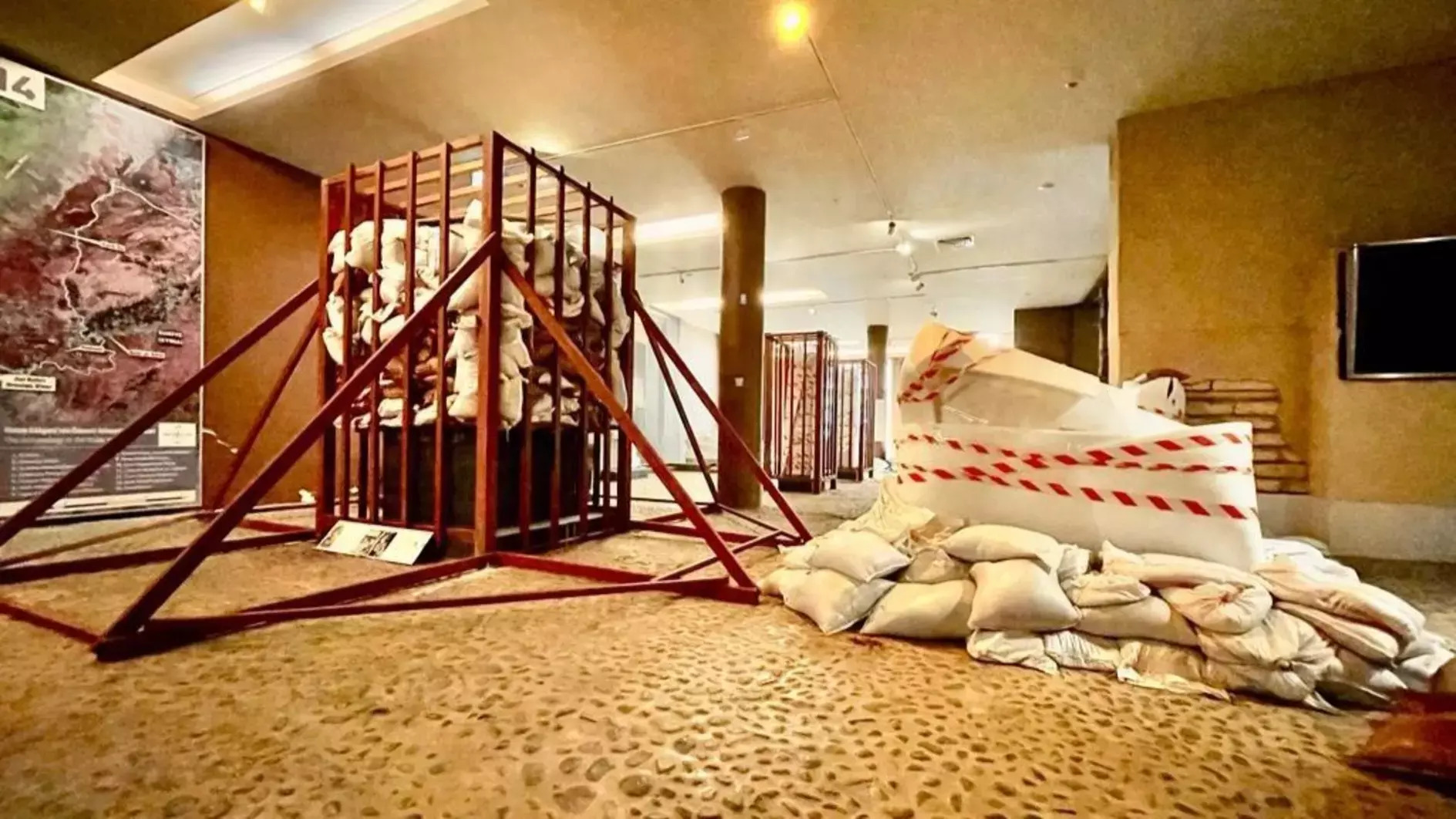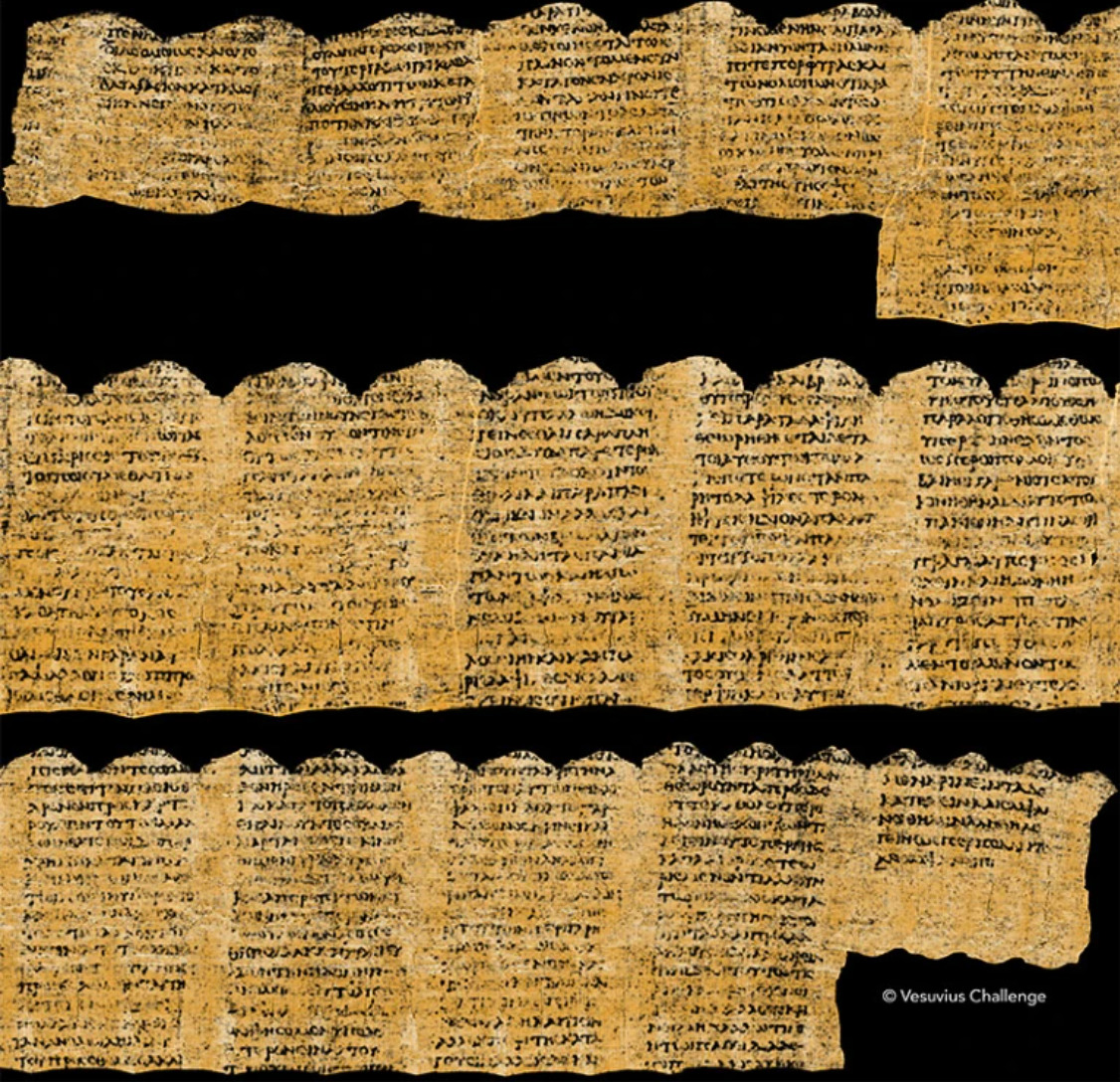The ongoing reinforcement efforts at Turkey’s renowned Hatay Archaeology Museum, which suffered damage during the devastating earthquakes that struck the country’s southeast in early February last year, are proceeding without interruption.
With a vast exhibition area totaling 10,000 square meters, including 3,500 square meters dedicated to mosaics, the museum boasts an extensive collection of archaeological artifacts.
Following the earthquake, immediate measures were implemented to safeguard invaluable pieces such as the statue of Şuppiluliuma, the Hittite king whose reign left an indelible mark on Near Eastern history for 35 years, the Arsuz Steles, the Antakya sarcophagus, and various mosaics.
Artifacts deemed too large to relocate were encased in sturdy steel cages for protection, while smaller items were transferred to the museum in the central province of Kırşehir. These smaller pieces were housed in specially designed containers within the museum’s garden.
Discussing the protective measures, Hatay Archaeology Museum Director Ayşe Ersoy stated, “Thirty oversized artifacts were secured under cages, and all of our mosaics were safeguarded on-site.”
“Reinforcement efforts are currently underway within the building. Teams are diligently following the recommendations provided by scientific experts. In three years’ time, our museum will reopen its doors to visitors with a completely revamped concept,” she added.









